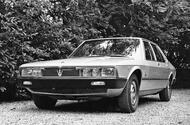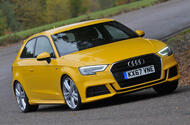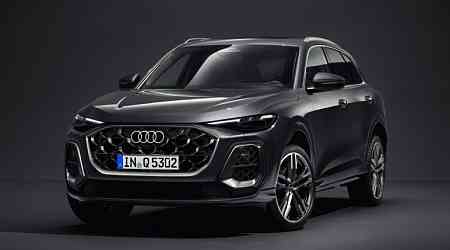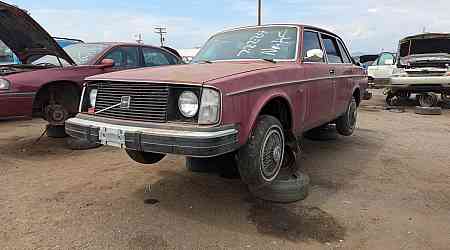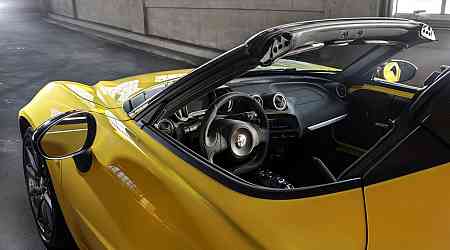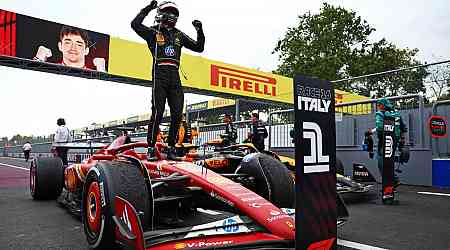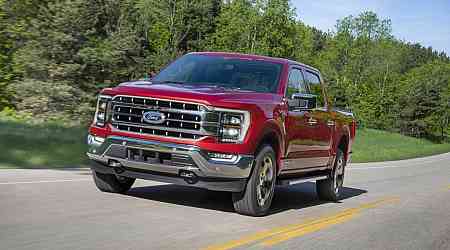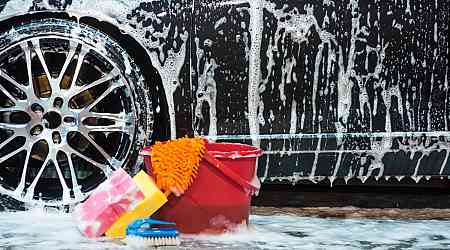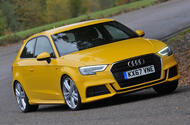Production of the Mk6 Quattroporte has finally ended after 11 years.
Maserati must be feeling quite disappointed, having believed that a suave sporting limousine would inspire a tenfold rise in annual sales to 50,000 but then seeing that number exceeded only once, as the Quattroporte was continually outsold by the BMW 7 Series. Its “fitness for purpose being a touch eccentric”, its high prices and a failure to keep it up to date are mostly to blame.
Things could have been much, much worse, though – as Maserati well knows from its experience with the second-generation Quattroporte, of which only 13 examples were ever built. Not 13 thousand, not 13 hundred – 13.
The original Quattroporte of 1961 was fantastic for Modena, setting the template for cars of its kind – rear-wheel drive, a powerful V8 and a fine balance of comfort and athleticism – and attracting almost 800 sales (the luxury car market was minute back then).
Work on a replacement started after Maserati agreed on entering a joint venture with Citroën, which wanted expert help in developing its first GT, the uniquely stunning SM. As such, the two cars used the same chassis (significantly putting the Quattroporte’s driven axle at the front), 3.0-litre V6 and novel hydropneumatic suspension, while Maserati transferred design responsibility from Pietro Frua to Marcello Gandini of Bertone
When it made its debut at the Paris motor show in October 1974, Autocar was somewhat dismissive, due to its all-Citroën running gear, even speculating that it had perhaps originally been intended as a four-door SM, but we nonetheless had “no doubt it will be a most luxurious and comfortable long-distance touring car”.
Enjoy full access to the complete Autocar archive at themagazineshop.com
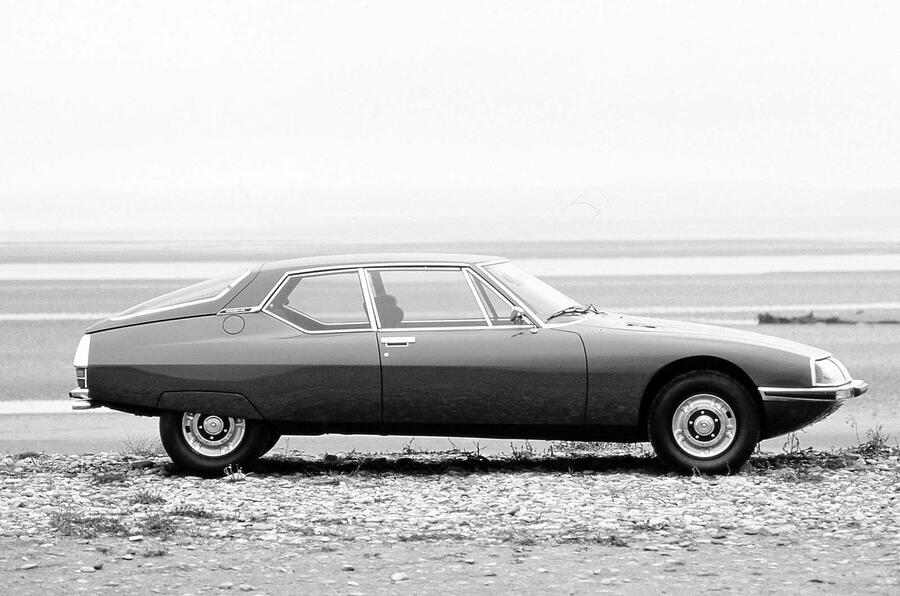
An SM saloon had in fact been in parallel development – but it would never see the light of day. Citroën’s financial struggles had forced it into the arms of Peugeot in December 1974, and come June 1975 the new bosses suspended Maserati’s operations, in light of a £2.5 million loss (£23m in today’s money) for the previous year.
Of course, in common with many other expensive marques, both had been severely affected by the sudden 1973 oil crisis making uneconomical cars virtually impossible to sell anywhere.
This situation also deprived us of a Rolls-Royce-rivalling Maserati limousine with a bespoke 5.5-litre flat 12, apparently. Wow, imagine!
Thankfully for Maserati’s 800 or so employees, work restarted within a matter of days, Citroën-Peugeot having agreed to suspend liquidation by six months while it tried to secure a future for them.
Bertone might well have played a part in that U-turn too: rumour had it that the coachbuilder had already readied the tooling and fittings for the Quattroporte but hadn’t yet been paid for them.
A lifeline was thrown by the Italian government and fellow Modena marque De Tomaso, and in 1976 the Quattroporte quietly went into limited production – despite Alejandro de Tomaso himself telling Autocar that “it’s too heavy, it has too small an engine and the suspension causes servicing problems”.
He had already cancelled plans for a version with a new 4.0-litre V8. In fact, planning for an all-new Mk3 Quattroporte was already under way, a concept by Italdesign having been unveiled at that year’s Paris motor show.
The Mk2 had never gained type approval for sale in the EEC (the forerunner to the EU), and clearly De Tomaso didn’t think this worth the significant expense, instead building to orders from the Middle East, South America and Spain.
The immediate priorities were instead the proven Bora, Merak and Khamsin super-coupés and new De Tomaso-based Kyalami GT, production of which was set to hit a healthy 600 for the year.
Understandably, Autocar never got to discover how the Mk2 Quattroporte stacked up. In fact, we can’t find a review of it anywhere, so who knows how talented or how similar to its French cousin it was? A handful of survivors are known to exist in Belgium, France and Germany, but even those are elusive...



















